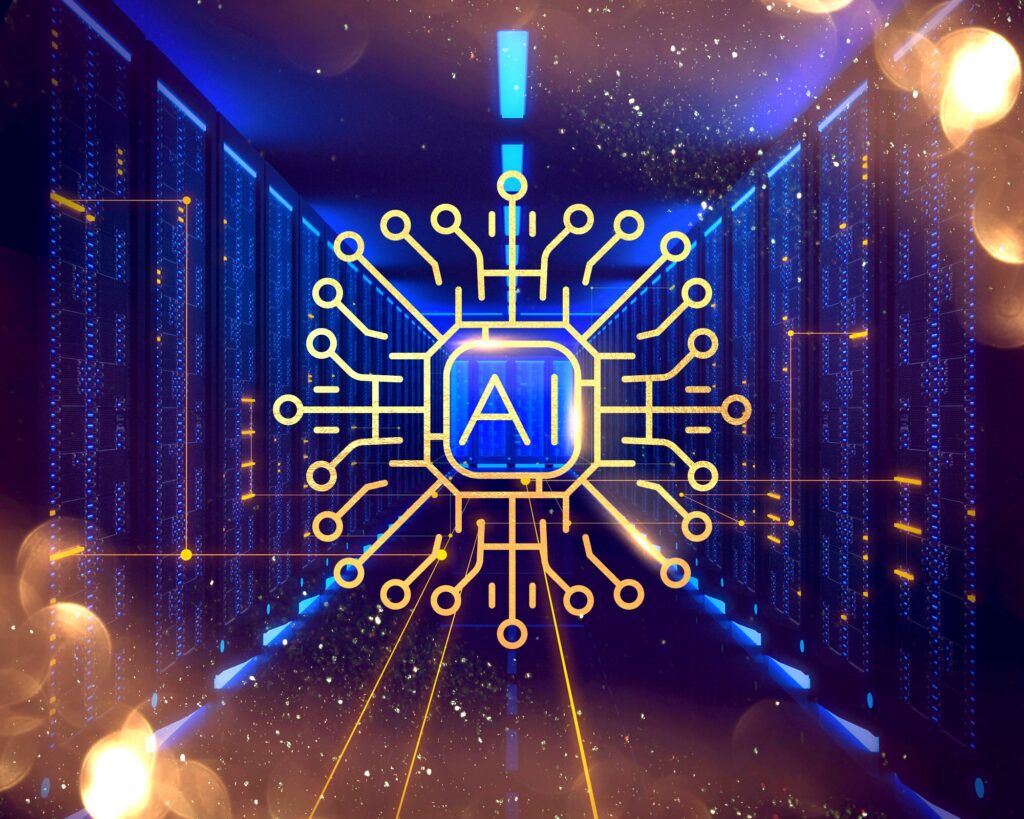Confidentiality of AI models and datasets protects companies’ intellectual property, but it reduces transparency and accountability. Open-source AI, such as Meta’s Llama 3.1, increases transparency and provides opportunities to small enterprises, but it also carries the risk of cyber attacks. Let’s know about it in detail…

Open-source vs. closed-source in artificial intelligence (AI): Meta’s Llama 3.1 405B model and its implications
Open-source vs closed-source AI: An important debate
There is an important battle going on in the field of AI, with the difference between open-source and closed-source AI being a key issue. Open-source AI, such as Llama 3.1 405 offered by Meta, promotes transparency and accessibility. It allows researchers and developers to freely use and improve these models. Such open nature can accelerate technological innovation and distribute technological benefits in a more democratic way.
On the other hand, closed-source AI companies choose to keep their models and data secret. This secrecy protects their business advantages, but can also impact competition and innovation. Due to the limitations of the closed-source model, the benefits of technological progress and development may be limited to a few companies, which can hinder the progress of AI on a wider scale.
Thus, open-source AI provides a more accessible and developing technological environment, while closed-source AI is under the control of specific companies, which can hinder the path of innovation.
Closed-Source AI vs. Open-Source AI: Advantages and Disadvantages
Closed-Source AI
Closed-Source AI: Closed-source AI consists of proprietary models, data sets, and algorithms that are usually not publicly available. It has several advantages:
Ownership and Security: Companies can protect their intellectual property and safeguard their business model.
Support and Stability: The support and stability provided by companies ensure that the user gets reliable and effective solutions.
However, it also has some disadvantages:
Lack of Transparency: Due to not being publicly available, users and developers may have difficulty understanding the working of the model.
Hinder Innovation: Limited information reduces the possibilities of innovation and customization.
Open-Source AI
Open-Source AI: In open-source AI, the code and data sets are publicly available. Its advantages include:
Transparency and Collaboration: All code and data are public, promoting transparency and community collaboration.
Innovation and customization: Community contributions can lead to quick innovation and create solutions for different use cases.
But, there are some disadvantages as well:
Quality and security concerns: Without any centralized support, there can be quality and security issues.
Lack of support: At times, technical support for free or open-source tools can be limited.
In summary, both closed-source AI and open-source AI have their own benefits and limitations. When making a decision, it is important to choose the appropriate option based on your specific needs and preferences.
Differences in transparency and accountability of AI: closed-source vs open-source models
Differences in transparency and accountability of AI: Your observation is correct that closed-source AI models, such as ChatGPT, can pose transparency and accountability issues because of their ownership and control. The data and code of these models are not publicly available, making it difficult for external review and regulation. For example, closed-source models lack full information about the design and training process, making it difficult to determine how AI decisions and recommendations are made.
In contrast, open-source AI models promote transparency and community collaboration. Their code and datasets are publicly available, giving any person or organization the opportunity to review, suggest, and improve these models. Through open-source models, not only large organizations, but also smaller organizations and individuals can be involved in AI development. This encourages innovation and ensures transparency, as the process of improvement and renewal is community-driven.
Thus, open-source AI models encourage a democratic approach and make different parts of society active participants in the development of AI technology.
Open-Source AI: Prospects and Risks
Open-Source AI: Open-source AI has opened up new possibilities for small and medium enterprises. The high cost of training large AI models can be a major challenge, but open-source AI offers a practical and affordable alternative. Its biggest advantage is that it eases the process of identifying and correcting biases and vulnerabilities, thereby improving the transparency and reliability of AI systems.
Nevertheless, there are some significant risks associated with open-source AI. Often these projects lack quality control, which can easily introduce vulnerabilities and biases into the system. Also, since the code and data are available to everyone, hackers can misuse them, such as retraining models by taking data from the dark web.
Meta taking an active role in open-source AI is an important step in this direction. Meta aims to promote transparency in the development and distribution of AI, which is in line with OpenAI’s initial plans. It aims to ensure maximum benefit to humanity, thereby making a positive difference in the field.
Llama 3.1 405b: A Powerful Open-Source AI Model
Llama 3.1 405b: Llama 3.1 405b is an extremely powerful and large-sized open-source AI model, capable of generating human-like text in various languages. Due to its size, it requires extremely powerful hardware to run. While it does not perform the best in all metrics, it provides better results especially in areas like logic and coding.
Although Llama 3.1 405b is not completely open, as Meta has not made public the huge data set used for its training, the model still presents a significant opportunity for researchers, small organizations and startups. By using it, they can reap the benefits of large language models even without huge resources.



